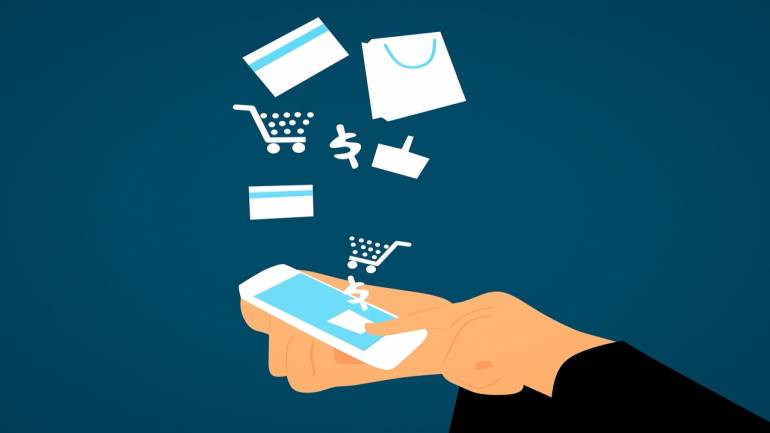Back in 2014, ING announced it considered opening up the transaction data of their customers to external parties, resulting in rather negative media attention (ING, 2014). Now, five years later, Open Banking and the revised Payment Services Directive (PSD2) is soon to become commonplace and may instigate a seismic change in the financial services industry. But how do and can incumbent banks deal with this imminent change?
Generally, Open Banking refers to the ability for customers to authorize third parties to access their bank account data to collect account information and initiate payments through application programming interfaces (APIs) (KPMG, 2019). As a result, the barriers to entry the financial industry will be lowered, allowing FinTechs and so-called ‘challenger banks’ to compete and collaborate with incumbent banks. Clearly, this poses an interesting question for incumbent banks on if and how they should change their business model to stay competitive.

Openness in the banking lending value chain (Source: DNB, 2019)
As the figure above displays, Open Banking opens up the value chain horizontally (through customer interactions) and vertically (in the value chain itself by unbundling). Currently, the traditional banking value chain is already broken up more and more as outsourcing is becoming increasingly important in banking operations (DNB, 2019).
In order to successfully adapt to Open Banking, incumbent banks should continue to leverage their status as safe and stable repositories of financial data but also proactively stimulate third parties to collaborate rather than to view new entrants as hostile. These collaborations lead to new ecosystems, built on the key assets of the incumbent bank, in which customers receive superior customer value through new applications based on their transaction data. As a result, incumbent banks have to share revenue, but collaborations will simultaneously offer opportunities for more diversified revenue streams. This way, incumbent banks can focus on their core activities while FinTechs can use their distinguishing technologies to create and capture new value. I believe the latter to be crucial for incumbent banks to retain and increase market share in the era of Open Banking. In fact, this strategy already seems to be commonplace in the industry as more than 90% of European banks collaborate with FinTechs (DNB, 2019). I believe this will continue to be the dominant strategy of incumbent banks wishing to stay competitive in a market increasingly populated with FinTechs, challenger banks and big tech firms.
What do you think? Will Open Banking revolutionise the banking industry? If so, how should incumbent banks approach Open Banking?
Sources:



